I think do believe in the power of stories. They help us to connect, feel, learn and remember. Research shows us that listening to and telling our own stories can reduces stress, boost listening skills, foster imagination, increases empathy and memory retention (Haigh & Hardy, 2011). Stories have shared important information for generations. We find it easier to remember information told in a story than in a list of facts.
Stories Help Us To Connect to Ourselves and Others.
Stories have been shown to connect and bring people together as part of a shared experience. Hasson (2016) monitored peoples brain activity while they were told a story together. While the participants showed different activity before the story began, after it started their brain activity became aligned.
Stories are a natural part of our lives. We tell stories before, during and after our experiences because they help us make sense of the world. According to Wilson only cognitive processes underlying stories and music come naturally to humans, he went on to say “We all live by narrative, every day and every minute of our lives.” so it’s no surprise that children tell stories, and that they use stories to shape their play.
Storytelling in the outdoors follows a Waldorf tradition of oral narration, building upon children’s imagination, curiosity and wonder.
Here are some ideas to help you on your outdoor storytelling journey…
Loose Parts
Provocation tables can be created in order to stimulate story telling opportunities, based upon books that may have shared together indoors or following a theme of learning
Loose parts that can be left out in the elements are preferable for outdoor story telling than things that need to be transported in and out with the children. Wood log slices, pine cones, shells and acorns are easy to source and keep outdoors. Wood log slices can stack, roll and provide a base plate for creative thinking outdoors.
Journey Sticks
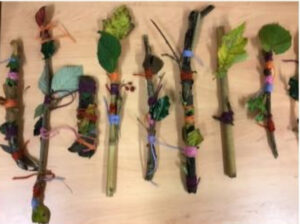
Aboriginal people in Australia used journey sticks to be able to recount their journeys to their families upon their return. They found a large walking stick, collected materials found along the way, and tied them to the stick in chronological order. Native Americans also used this method by decorating sticks to recount their journeys and tell about their travels.
Journey sticks are particularly effective when going on a walk or exploration. Children have the opportunity to collect a variety of natural objects which they can then refer to at the end of the day to recount their earlier experiences. As children are recounting, they can be encouraged to think about the sights/sounds and senses they had during that part of the journey, eg ‘when you found the feather, do you remember what you thought it might have come from?’ or ‘ when you found the leaf, what happened to the weather?’ ‘ it started raining!’
Story Stones
Story stones are a great way to extend children’s understanding of an existing story they might have shared previously. They are also good for re-telling familiar fairy tales or to prompt children to create their own stories.
Mud Kitchen
Mud kitchens are a place where story telling can be a natural part of spontaneous play. Children can engage in a multi-sensory experience of adding things like herbs, stones and mud in order to create food and various other concoctions. In this setting, children naturally want to create their own narratives based upon their personal experiences and interests. This type of setting offers the adult excellent opportunities to observe children’s language and interpersonal skills as they weave their story telling into their imaginative play.
Den building
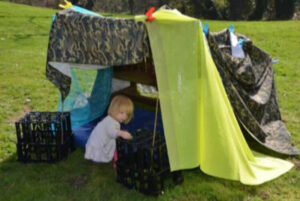
Providing children with a variety of loose parts such as wood stumps, tarp, material, large pegs and boxes can be enough to stimulate a world of imagination. Children are the creators of their own setting and become characters in their own story. Building children’s experiences and understanding in real life will then lay the foundations for them to be able to go on to more easily translate these moments into written narrative at a later time.
Reading Stories Outdoors

As an author of 2 children’s books which are both based on exploring and enjoying nature, I cannot recommend sharing a story with children enough. Books can be used outdoors at any time (well…weather dependent!). Where possible, I recommend trying to create a cosy corner in the outdoor area which can provide a quiet space for children to go and look at books and explore stories independently or as a group.
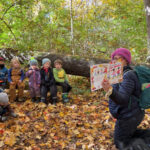
Reading to children can also be incorporated into woodland days, as a way to engage and introduce children in a theme of learning or as a calming ‘closing’ experience of a session.
by Hannah Willow
Haigh C., Hardy P., Tell me a story–A conceptual exploration of storytelling in healthcare education. Nurse Educ. Today 31, 408–411 (2011).
Wilson, E. (2001) On Human Nature. Harvard University Press
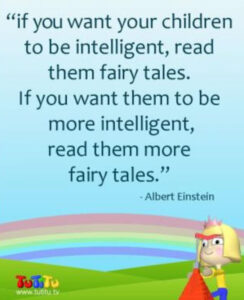
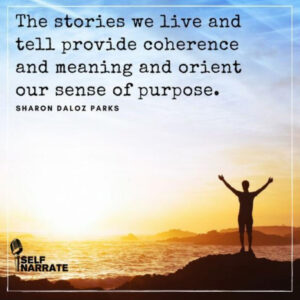
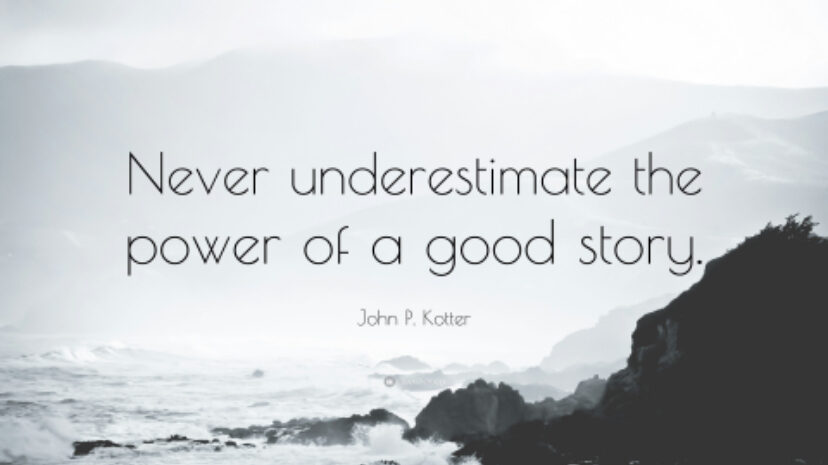
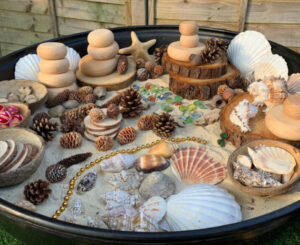

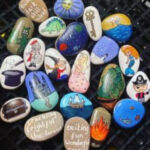
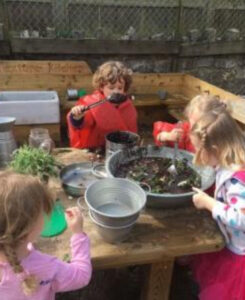


 Reading to children can also be incorporated into woodland days, as a way to engage and introduce children in a theme of learning or as a calming ‘closing’ experience of a session.
Reading to children can also be incorporated into woodland days, as a way to engage and introduce children in a theme of learning or as a calming ‘closing’ experience of a session.



